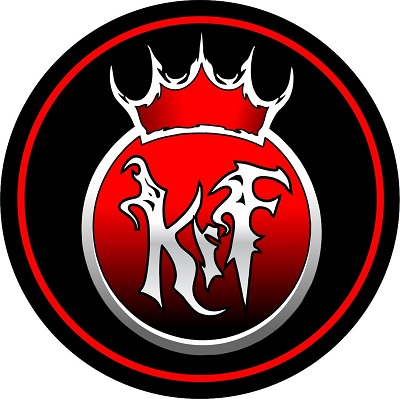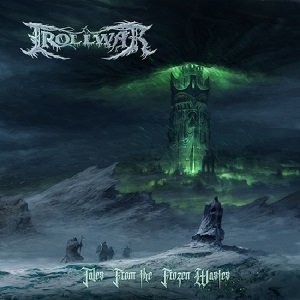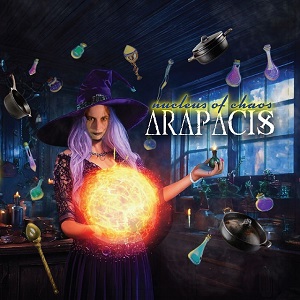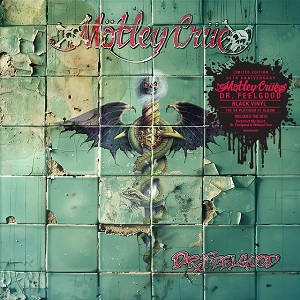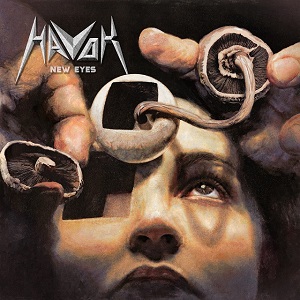BRUCE DICKINSON Has A Vision For World's Largest Aircraft, The Airlander - “It’s Astonishing What You Can Do That You Just Can’t Do With Anything Else”
March 3, 2016, 8 years ago
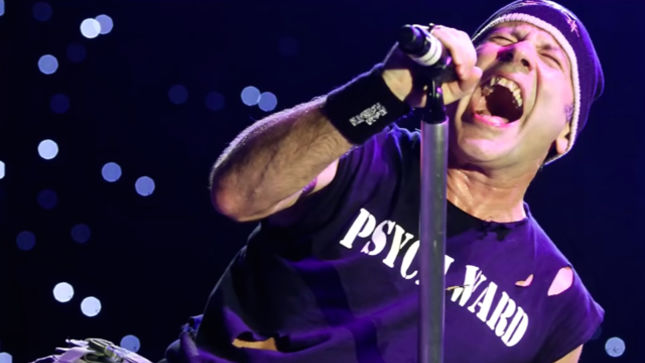
Iron Maiden frontman Bruce Dickinson has invested half a million dollars into the world’s largest aircraft, the Airlander.
According to an article in The New Yorker, a new generation of airship engineers, some backed by significant government and private investment, is convinced that, given new technologies and new materials, the public can be sold on airships. Last March, the U.S. House of Representatives set up the bipartisan Cargo Airship Caucus, with the goal of accelerating development. In recent years, the aerospace heavyweights Boeing and Northrop Grumman have developed airships; Russia, Brazil, and China have built or conceived prototypes, and Canada has designs for a few of them, including the Solar Ship, which looks like a bloated stealth bomber, with solar panels spread across the top of helium-filled wings. All are racing to be first to corner a cargo market that may be worth billions. Three projects are currently attracting the most attention: the Airlander 10, which is scheduled to launch next month, in England; Lockheed Martin’s LMH-1; and Pasternak’s Aeroscraft, the machine he first envisaged as a boy in Lviv.
If the winner of the airship race is simply the craft that flies first, grandly and for the public, then it will likely be the Airlander 10, which is being built in Bedford, England, by Hybrid Air Vehicles. The Airlander, a two-lobe, nonrigid ship, three hundred and two feet long (about fifty feet longer than a Boeing 747), is the world’s largest aircraft of any kind, and is designed to lift twenty tons of cargo and fly for days. Its maiden flight is set for late March.
“You want to put a hospital into Africa?” Bruce Dickinson, the company’s lead investor, said. “You put the whole hospital in the inside of this—whoosh. Start the generator. ‘Here’s your hospital, buddy!’ Job done. You know? You can just plunk the vehicle straight down on the farm, load it with fifty tons of green beans or whatever, and twenty-four hours later you land right next door to the processing plant. It’s a global conveyor belt. And water! With these vehicles, you could drop off a twenty-ton slab of water that is clean, drinkable, to an African village. It’s astonishing what you can do that you just can’t do with anything else. Shit, you can do that with it? Wow, you can do that with it? Seriously fantastic!”
Read the full article at The New Yorker.

